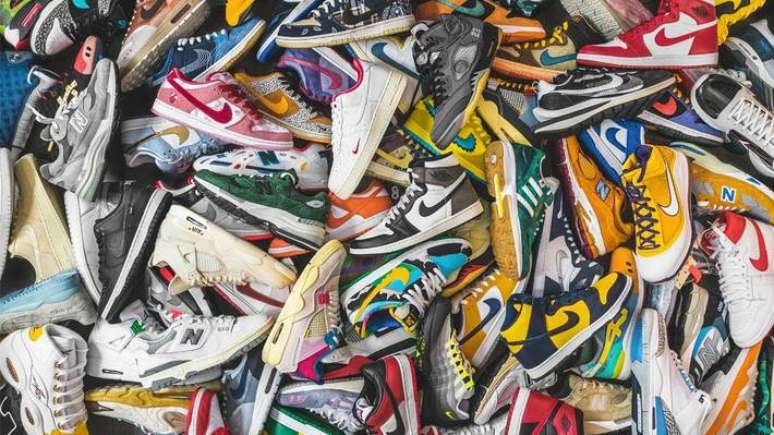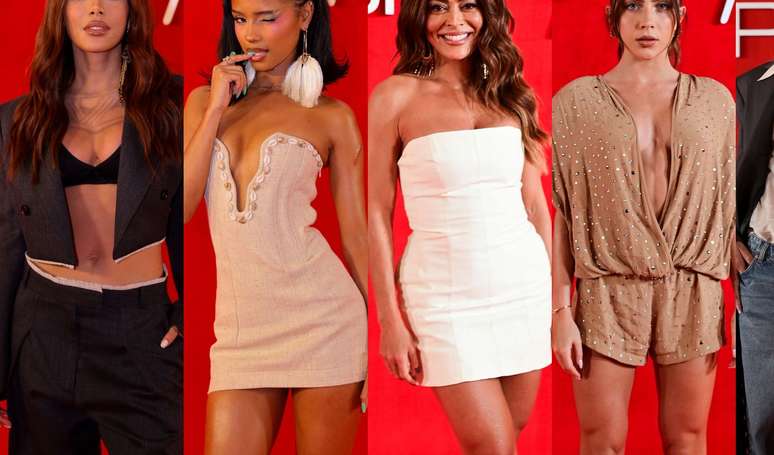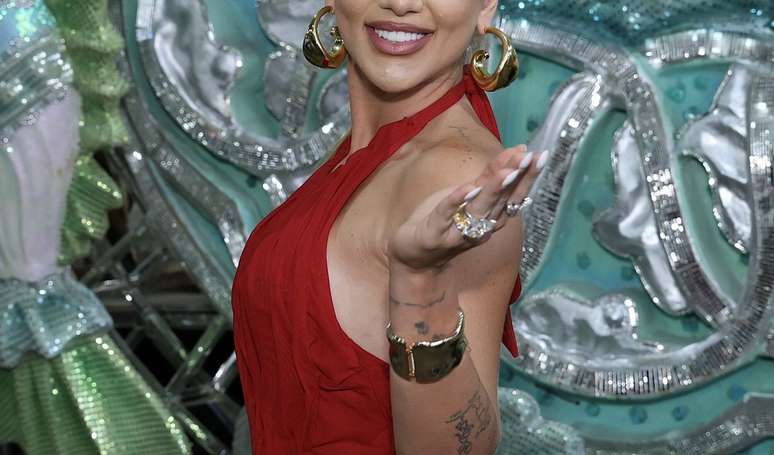Silhouette saturation, lack of innovation and deep discounts as a selling point are identified as driving factors behind the wholesale segment’s poor performance
The sneaker sales market, and consequently the sneakerhead culture, is not going through a good time in Brazil and in the rest of the world. Sales-driven growth plans during the pandemic, when sneaker buying didn’t compete with fashion shows, bars and travel, created a smokescreen that is now dissipating with skyrocketing prices and low sales. Beyond this, there are other movements adopted by Generation Z that do not contribute to the overall sales landscape. At least that’s what the study published this week by Edited, a global retail intelligence platform, highlights.
According to the company, flooding the market with the most popular sneaker colors has caused oversaturation of styles and public rejection of the entire range of silhouettes. The Nike Dunk Low, for example, had colors like Panda sold out by 33% in 2023 compared to 19% in 2021. Which, in itself, is great, but required an investment that generated excessive inventory on the market, with 75% more Dunks not sold in 2023. In other words, the unique success of the cw has led to the absurd stranding of other colors.
Another example is the Adidas Gazelle. At the start of the retro sneaker trend, the Gazelle saw a sales increase of around 65% in 2021, while in 2023, when supplies were more available and within the manufacturers’ unrealistic expansion plan, sales were at 38%, generating a stock 600% more than in 2021.
Generation Z consumer behavior, driven only by trends and repeat actions, is also identified as a major problem. GenZ has traded style versatility for popular pieces, and in doing so, increased stockout rates of available basic styles that align with overall clothing standards. This was advantageous, according to the study, only for the resale market, which saw the possibility of investing in fewer models with a certain guarantee of return.
Sneaker of the year 2023, the Adidas Samba reinforces this thesis. With 1.7 searches per minute on the Lyst platform last year, the white Samba had a 32% stock-out rate in 2023, with four new stock in the year, mostly in women’s sizes. But the Forum Low and Ultraboost 1.0 models, also from the German brand, are 87% and 75% in stock respectively. A very harsh scenario for the sector, which does not live only on sneakers, and sad for the sneakerhead culture in general.
Collaborations are also not an easy path
Collaborations may seem like the right way to go to have less inventory, but that wasn’t the case last year. The Aimé Leon Dore x New Balance line, for example, saw two launches arrive in 2022 with an average sellout of six days. In 2023, seven separate launches over 12 months took an average of two and a half months to sell.
Innovation has also been left aside due to losses. Only two brands are identified as innovative in the study, Hoka and On, but both still have a small wholesale marketing share, 3% and 2% respectively. And they fail to change the global landscape of consumption trends. Only the basketball divisions of the big sellers are considered centers of innovation within the sneakerhead community, which doesn’t even change the clock. But it’s worth highlighting Puma’s success in this sector, with 44% of basketball products sold out in 2023, led by the Lamelo Ball pro model.
Constant price increases, of course, are also the main cause of the crisis. In 2023, New Balance and Puma saw the largest increases, with average prices of +20% and +19% in the United States. But they are not the brands that charge the most for their sneakers. This podium continues to belong to Nike with an average price of $164.79, followed by New Balance ($147.93), Adidas ($143.20) and Puma ($133.82). But New Balance’s sales continue to grow thanks to the perceived quality of its products. The same happens with Asics, which maintains one of the most interesting cost/benefit ratios on the market.
Discounts create a bad habit
This disease of high prices soon found its vaccine: super discounts. According to Edited, in 2023, 46% of sneakers from big brands were sold at a discount, 4% more than the previous year, with Adidas reaching a peak of 52%. The problem with these numbers is that they show the consumer that half of everything launched ends up and receives a discount. If so, why buy it at launch? And with that, the sequence of reductions and actions continues to grow.
The way? Research indicates that consumer search for 2025 will be for pioneering, proprietary designs. Files are welcome, but innovation is necessary. This is demonstrated by the excellent market reception for the Nike Air Max DN, with a sell-out rate of approximately 73%. But how to invest in innovation with money tied up in giant stocks. This is the response that the sector will have to give to demonstrate that it is not collapsing.
Source: Terra
Ben Stock is a lifestyle journalist and author at Gossipify. He writes about topics such as health, wellness, travel, food and home decor. He provides practical advice and inspiration to improve well-being, keeps readers up to date with latest lifestyle news and trends, known for his engaging writing style, in-depth analysis and unique perspectives.


-us06lnqz6sz4.png)





